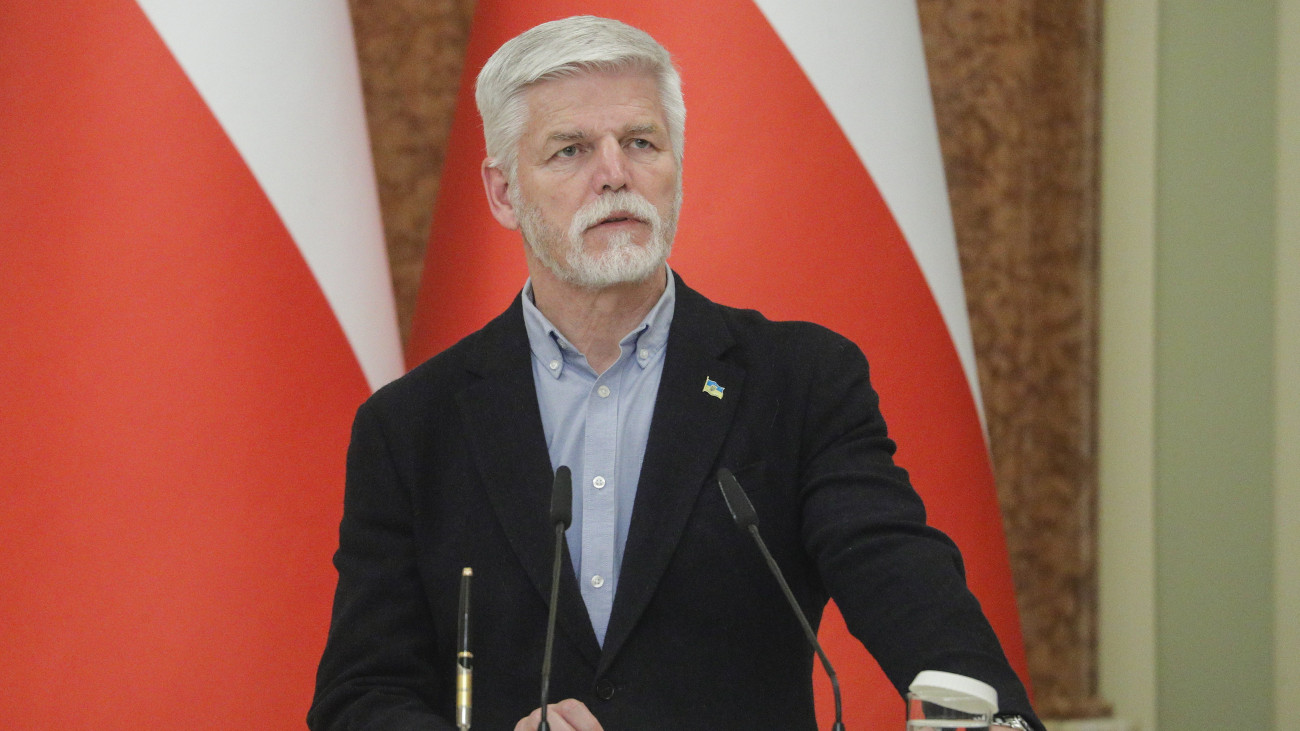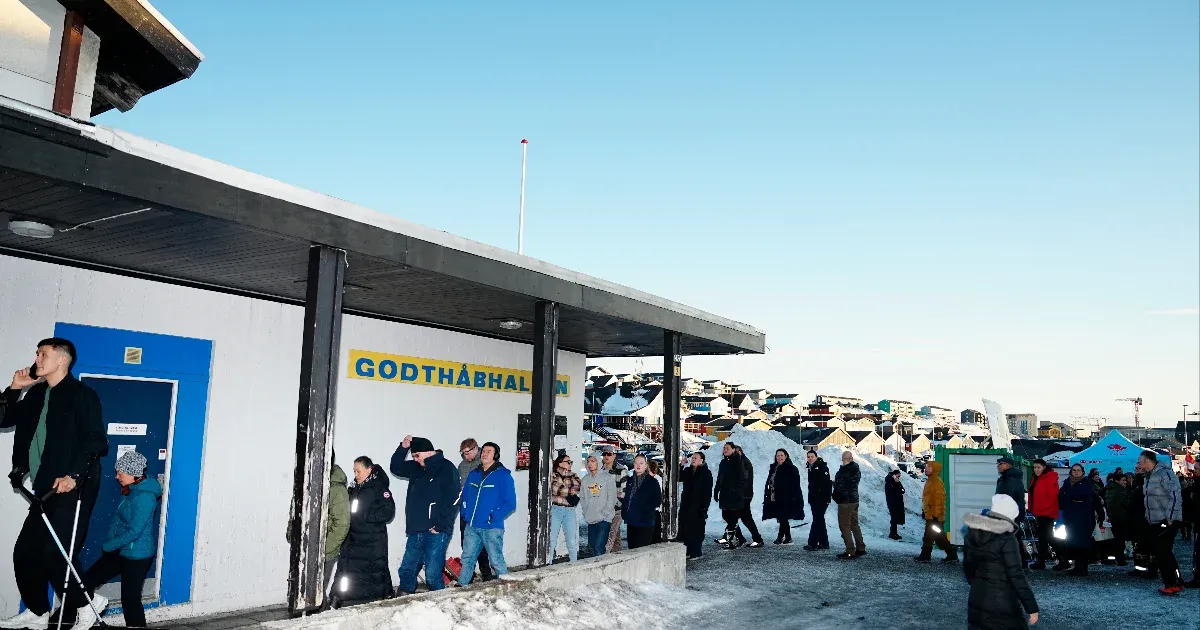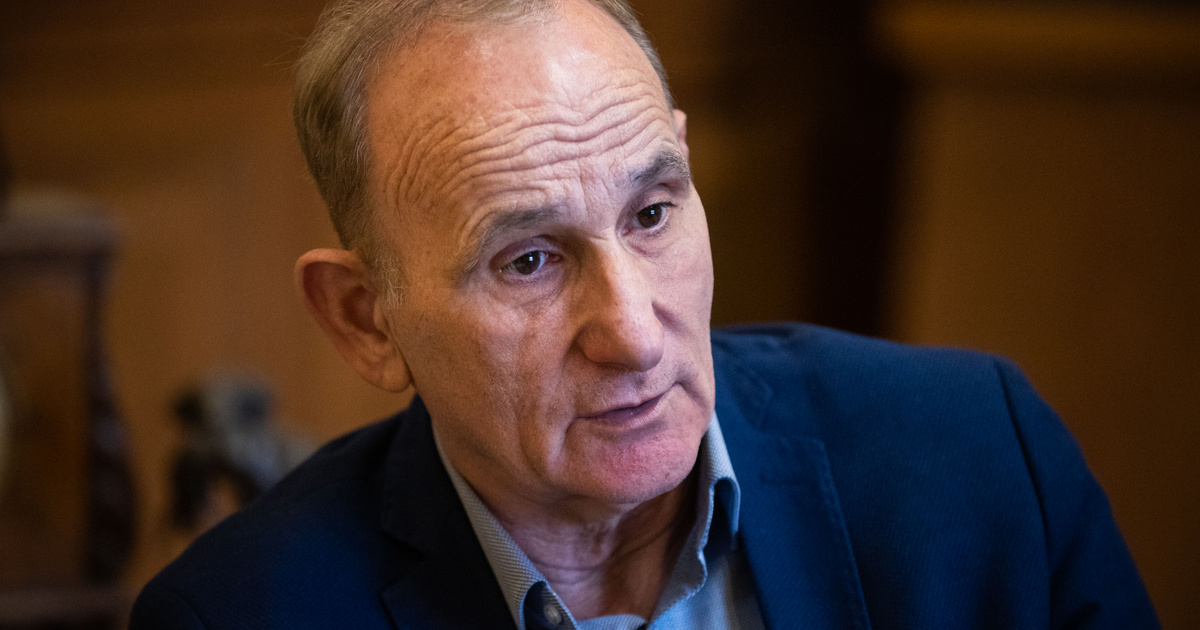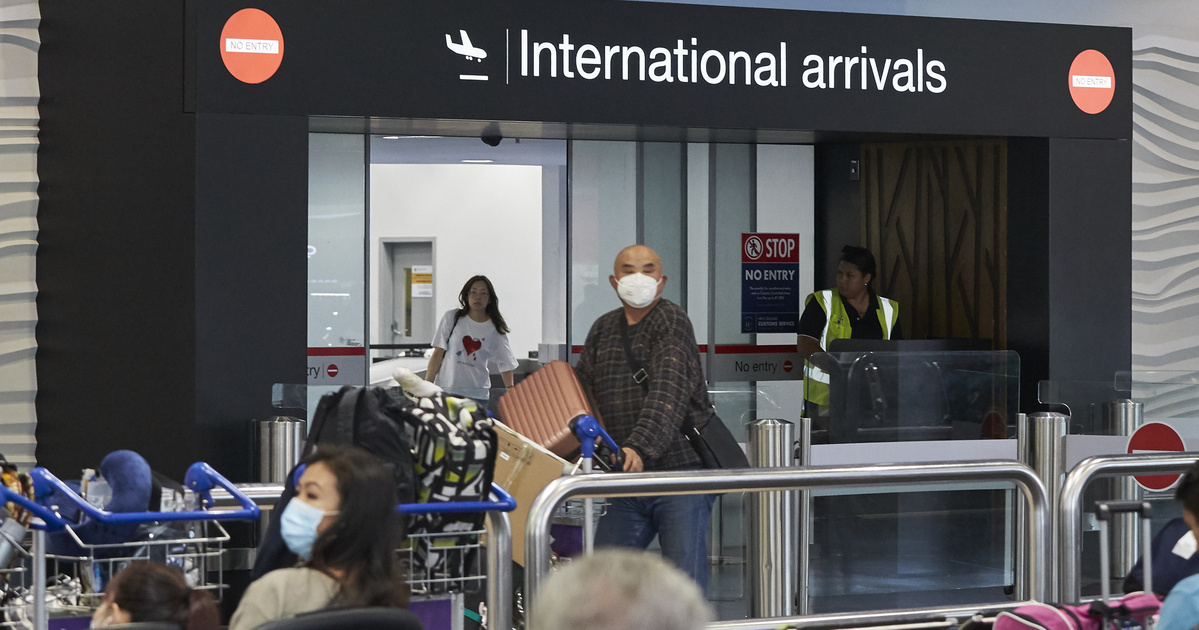In Europe, the number of intercontinental flights is expected to reach pre-pandemic levels to four-fifths this year, but the number of intercontinental flights is expected to return to pre-pandemic levels very slowly.
In addition to the collapse of global supply chains, aviation and international tourism are among the largest loser epidemic. At best, planes can still sell only half of their seats, and the number of foreign passengers is down 75% in 2020. The data for 2021 is unlikely to be much better, but 2022 no longer looks very exciting in this regard.
In the decades before the pandemic, from 1980 to 2019, passenger traffic increased dramatically.
This was supported by the emergence of low-cost airlines, increased prosperity, and more entertainment.
At the start of the pandemic, most forecasts showed that passenger traffic would not reach 2019 levels by 2023, but rather by 2024. Experts see this similarly now. Currently, only three countries (Colombia, Costa Rica and Mexico) do not apply any restrictions on tourists, while 88 countries are still completely closed to travelers.
However, with the rate of vaccination increasing and the number of infections expected to decrease, these rules may be relaxed, which will also allow travel and reception of tourists. For example, much of the world’s population was unable to travel to the United States until the November rule changes.
Domestic travel, on the other hand, is taking on more and more serious dimensions in major countries.
It is approaching pre-pandemic levels in the United States, while it has already exceeded them in China.
The situation is similar at the regional levels. For example, the International Air Transport Association estimates that passenger traffic in Europe could reach four-fifths of the pre-pandemic figures by 2022. However, the number of intercontinental flights will return to 2019 levels very slowly.
Recently, leisure bookings account for the bulk of passenger traffic, and business travel has declined.
Research shows budgets have been reduced by an average of 20 to 40 percent.
Many meetings and conferences are still held roughly or at least in a mixed format, which reduces the number of participants in person.
Interestingly, in the first eight months of 2021, 2.9 million flights were flown on private jets, which is higher not only from the 2020 figure but also the 2019 figure. However, residential flights are behind 40 percent of the period Pre-pandemic, according to WingX.
(Cover Photo:
Passengers at Auckland Airport in New Zealand on February 5, 2020.
Photo: Michael Ng/Getty Images)












































